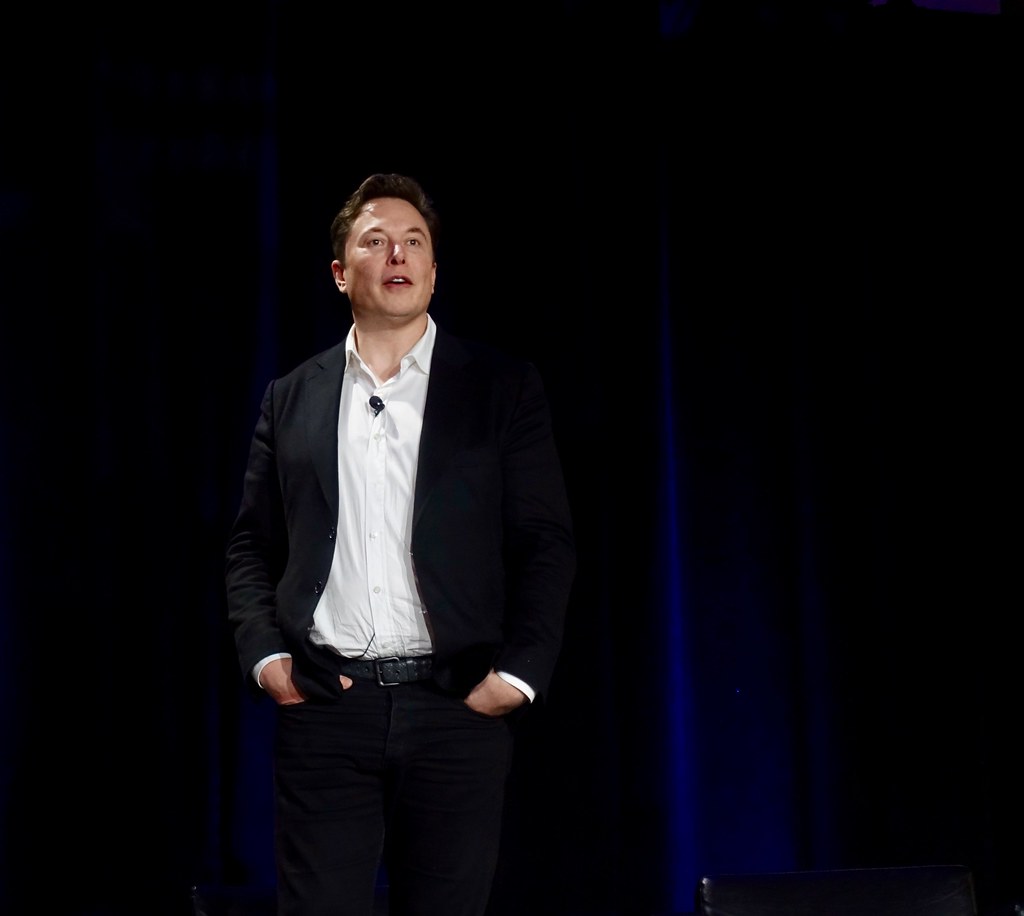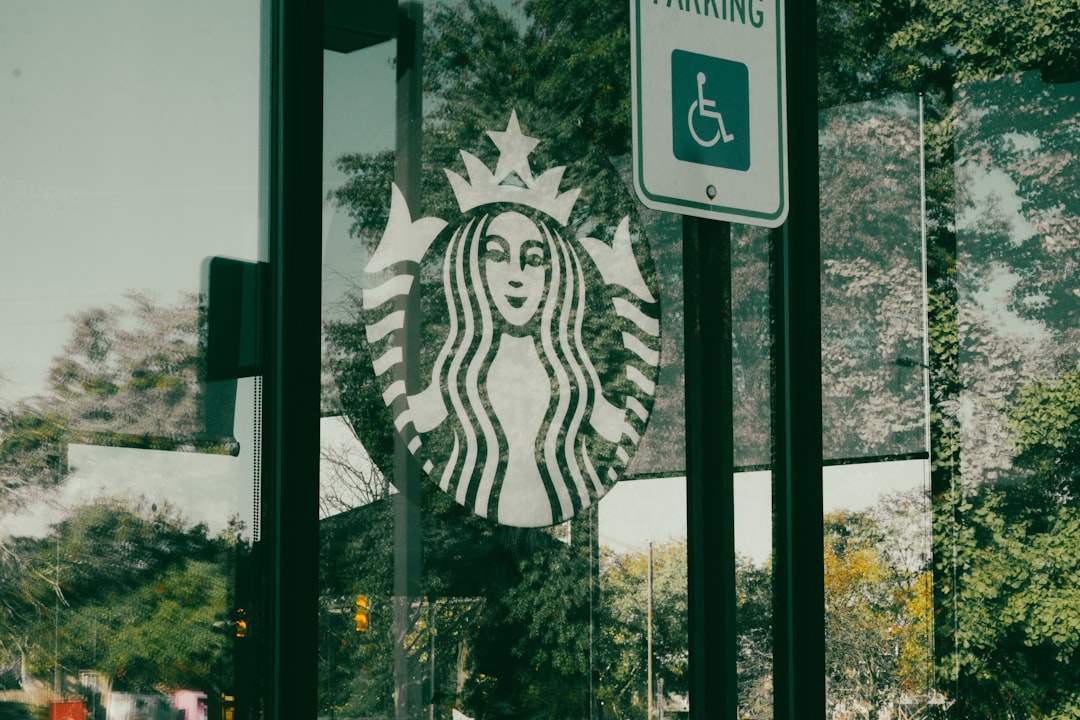Penicillin: The Mold That Changed Medicine

It’s almost unbelievable that the world’s first antibiotic was discovered because of a messy lab. In 1928, Alexander Fleming returned from a two-week vacation to find that a mold called Penicillium notatum had killed the bacteria in his petri dishes. He hadn’t meant for the mold to get there; it was pure chance. Yet, what seemed like a ruined experiment led to one of the greatest medical advances ever. Penicillin has saved over 200 million lives since then, according to the American Chemical Society. Today, it’s hard to imagine a world without antibiotics, all because of one accidental discovery. Sometimes, not cleaning up pays off in life-changing ways. This story is a reminder that even chaos can lead to miracles.
X-rays: A Glowing Accident Unveiled the Invisible

In 1895, Wilhelm Conrad Roentgen was experimenting with cathode rays when he noticed something strange: a fluorescent screen across the room started to glow, even though it wasn’t supposed to. He quickly realized that invisible rays were passing through things—even his own hand. Roentgen called them “X” for unknown, and the first X-ray image he took was of his wife’s hand, showing her bones and wedding ring. Within months, hospitals around the world were using X-rays to look inside the human body. This mistake has become essential for medical diagnostics, from broken bones to cancer detection. According to the World Health Organization, over 3.6 billion X-rays are taken every year, all thanks to a glowing accident.
Microwave Oven: The Candy That Cooked

Percy Spencer was working with radar equipment in 1945 when he noticed a chocolate bar in his pocket had melted. He was puzzled and started to experiment by placing popcorn kernels and eggs near the magnetron. The popcorn popped and the egg exploded, confirming that microwaves could cook food. Spencer’s curiosity led to the first microwave oven, and by the 1970s, microwaves became a household staple. Today, over 90% of American homes have a microwave, according to the U.S. Bureau of Labor Statistics. It all started with a melted snack, proving that a sweet tooth sometimes leads to genius.
Vulcanized Rubber: The Stormy Solution

Charles Goodyear spent years trying to make rubber useful in all weather. In 1839, he accidentally dropped a mixture of rubber and sulfur onto a hot stove. The result was a tough, elastic material that kept its shape in heat and cold—vulcanized rubber. Goodyear’s “accident” revolutionized everything from tires to shoe soles. The global rubber industry is now valued at over $40 billion, according to Grand View Research. Goodyear’s story is both tragic and inspiring, as he died in debt, never knowing how much he changed the world.
Safety Glass: The Shattered Flask That Didn’t Break

In 1903, French scientist Édouard Bénédictus accidentally knocked a glass flask off his shelf. Instead of shattering, it cracked but didn’t fall apart. He realized the flask had contained cellulose nitrate, which glued the shards together. Inspired by this, he developed safety glass, now used in car windshields and skyscraper windows. According to the National Highway Traffic Safety Administration, safety glass has saved countless lives in car accidents. One clumsy moment led to a lasting legacy in public safety.
Pacemaker: An Unexpected Heartbeat

Wilson Greatbatch was building a device to record heartbeats in 1956 when he used the wrong resistor. Instead of recording pulses, his device sent out electrical pulses, mimicking a human heartbeat. Greatbatch quickly realized the potential: he had accidentally created the implantable pacemaker. The first human implant came in 1960, and millions now rely on pacemakers worldwide. The American Heart Association estimates over 3 million people live with pacemakers today. Sometimes, the right mistake saves lives.
Post-it Notes: The Glue That Wouldn’t Stick

In 1968, Spencer Silver at 3M was trying to invent a super-strong adhesive but ended up with one that was barely sticky. It seemed useless until a colleague, Art Fry, used it to attach bookmarks to his hymnbook without damaging the pages. This “weak” glue became the basis for Post-it Notes, launched in 1980. Now, billions are sold every year, according to 3M’s own data. A failed experiment turned into an office essential, simply because someone saw potential in a flop.
Artificial Sweetener Saccharin: Dirty Hands, Sweet Taste

In 1879, Constantin Fahlberg was working with coal tar derivatives and forgot to wash his hands before lunch. He noticed his bread tasted sweet, leading him to discover saccharin, the first artificial sweetener. At first, it was used mostly by diabetics, but during sugar shortages in World War I and II, its use exploded. Today, artificial sweeteners are a multi-billion dollar industry. Sometimes, laziness pays off—just don’t try this at home.
Super Glue: Sticky Situation Turns Into Success

Super Glue was discovered in 1942 by Harry Coover, who was actually trying to make clear plastic gun sights for the war. His new chemical stuck to everything, making it useless for his project. Years later, he realized just how valuable a strong, fast-acting adhesive could be. Super Glue is now used everywhere from fixing teacups to closing wounds in surgery. According to Statista, over 5 million liters are sold annually worldwide. Failure can be the start of something unexpectedly sticky.
Viagra: From Heart Medicine to Bedroom Revolution

Pfizer scientists were testing a new drug, sildenafil, for heart-related chest pain in the 1990s. The results were underwhelming—except for one shocking side effect: improved erectile function. Realizing they had something unique, Pfizer shifted their trials, and Viagra was approved by the FDA in 1998. It has since transformed treatment for erectile dysfunction and become a cultural icon. Over 65 million prescriptions have been filled in the U.S. alone, according to IQVIA data. A failed heart drug turned into a household name, all due to an unexpected effect.






